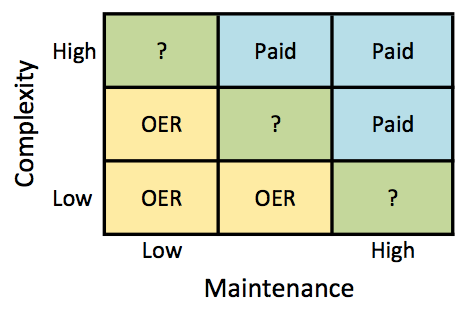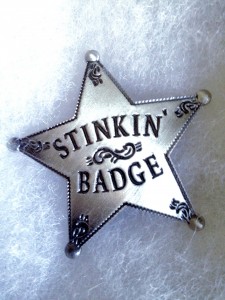Watching my kids play World of Warcraft in 2005, I had a moment of clarity about video games and learning. At root WoW is a Learning Management System (LMS) with Orcs and dragons in the presentation layer. But grokking that potential and translating it into improved outcomes in school is a huge leap.
Connecting developmental psychology, brain science, and play is critical to seeing the whole picture. The Game Believes In You does just that.
Ten years ago, after reading Jim Gee’s What Videogames Have to Teach Us About Literacy and Learning , Raph Kosters A Theory of Fun for Game Design, Katie Salen and Eric Zimmerman’s Rules of Play, and Steven Johnson’s Everything Bad is Good For You I had exhausted the canon of the early aughts.
 The Education Business Blog
The Education Business Blog







